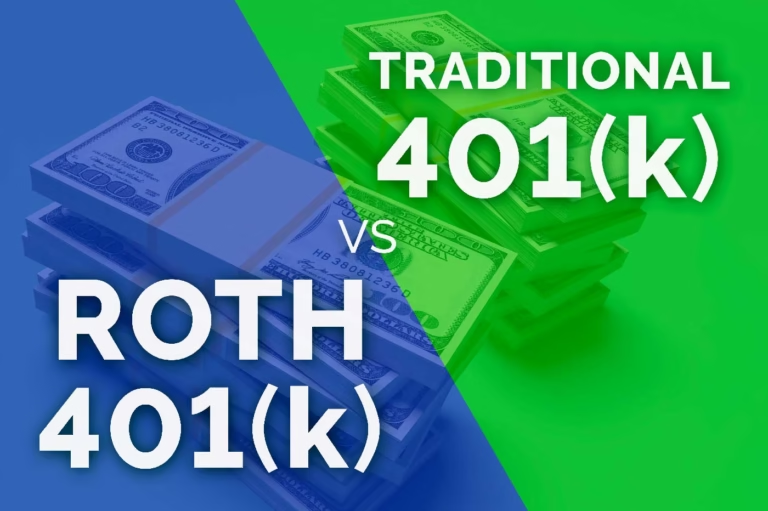Ahoy, financial adventurers! Today, we’re setting sail into the vast and dynamic waters of the “Capital Market,” a realm where investments ebb and flow, and fortunes rise and fall. Think of the capital market as the expansive ocean of financial opportunities, where stocks, bonds, and other instruments set the course for economic growth and wealth creation. Let’s embark on a journey to unravel the mysteries of the capital market and explore its significance in the world of finance.
Table of Contents
Capital Market: The Ocean of Financial Opportunities
Picture the capital market as an ocean, vast and teeming with possibilities. It’s like the open sea, where investors navigate the waves of stocks and bonds, seeking to chart a course to financial success.
Cracking the Code: What is the Capital Market?
The capital market is the marketplace where buyers and sellers come together to trade financial instruments such as stocks, bonds, and other securities. It’s the infrastructure that facilitates the flow of capital from investors to businesses and governments, enabling them to raise funds for various purposes.
Key Components of the Capital Market:
- Primary Market: This is where new securities are issued for the first time. Companies or governments raise capital by selling stocks or bonds to investors. The primary market is like the birthplace of financial instruments.
- Secondary Market: Once securities are issued in the primary market, they are traded on the secondary market. This is where investors buy and sell existing securities among themselves, and prices are determined by supply and demand. It’s like the bustling marketplace where financial instruments change hands.
- Equity Market: Also known as the stock market, the equity market is where stocks (ownership in a company) are bought and sold. Investors can participate in the growth of companies and potentially receive dividends. It’s like owning a share of the company’s voyage.
- Debt Market: In the debt market, investors trade bonds, which represent loans made to governments or corporations. Investors receive periodic interest payments and the return of the principal amount at maturity. It’s like lending money to entities in exchange for regular interest.
- Derivatives Market: This market deals with financial contracts whose value is derived from an underlying asset, index, or rate. Derivatives can be used for risk management or speculation. It’s like navigating the currents of financial instruments based on the movements of other assets.
Functions of the Capital Market:
- Capital Formation: The capital market facilitates the raising of funds for businesses and governments, supporting economic growth and development.
- Price Discovery: Through the forces of supply and demand, the capital market determines the prices of financial instruments. It’s like the market’s way of setting the value of each voyage (investment).
- Liquidity Provision: The secondary market provides liquidity, allowing investors to buy or sell securities easily. It’s like having a fluid marketplace where assets can be converted into cash.
- Risk Transfer: Derivatives in the capital market enable the transfer of risk from one party to another. It’s like having insurance against the uncertainties of the financial seas.
Participants in the Capital Market:
- Investors: Individuals, institutions, and funds that buy and sell financial instruments.
- Issuers: Companies, governments, and entities that issue securities to raise capital.
- Intermediaries: Financial institutions, brokers, and investment banks that facilitate trading and provide various services in the capital market.
- Regulators: Government agencies that oversee and regulate the capital market to ensure fair and transparent operations.

Global Capital Markets:
The capital market is not confined to national boundaries. It operates on a global scale, with investors and issuers participating from around the world. It’s like a vast interconnected network of financial opportunities that transcends geographical constraints.
Risks and Considerations:
- Market Risk: The value of financial instruments can fluctuate due to market conditions, economic factors, and geopolitical events.
- Credit Risk: In the debt market, there’s the risk that issuers may default on their payments.
- Liquidity Risk: Some securities may be less liquid, making it challenging to buy or sell them quickly.
In Conclusion
The capital market is the heartbeat of the financial world, where investments and opportunities converge. Whether you’re navigating the equity market, exploring the debt market, or venturing into derivatives, understanding the dynamics of the capital market is essential for any financial voyage. So, hoist the sails, set your course, and may your journey through the capital market be prosperous and rewarding. Happy navigating!


